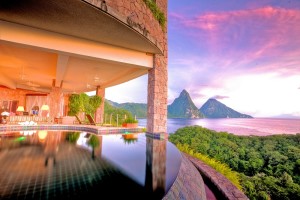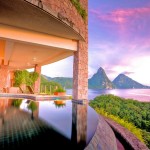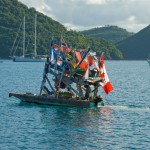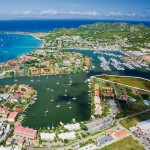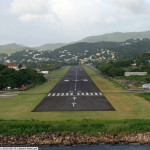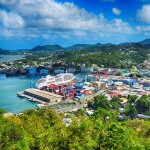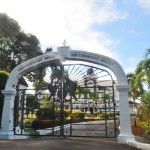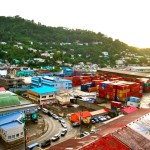Government
Saint Lucia is a Commonwealth realm. Queen Elizabeth II is the Head of State, represented on the island by a Governor-General.
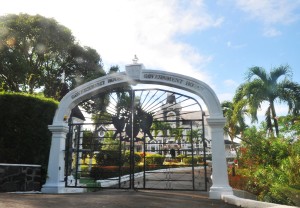
Government House Saint Lucia
Executive power is in the hands of the Prime Minister and his cabinet. The prime minister is normally the head of the party commanding the support of the majority of the members of the House of Assembly, which has 17 seats. The other chamber of Parliament, the Senate, has 11 appointed members.
Saint Lucia is a two-party parliamentary democracy. Five political parties participated in the 28 November 2011 General Election. Dr Kenny Anthony of the St Lucia Labour Party won eleven of the seventeen seats.
Foreign Relations
Saint Lucia maintains friendly relations with the major powers active in the Caribbean, including the United States, the United Kingdom, Canada, and France. Saint Lucia has no extant international disputes, aside from tension resulting from the island’s status as a transit point for South American drugs destined for the United States and Europe.
Saint Lucia’s Permanent Representative (or ambassador) to the United Nations is Anthony Severin.
St. Lucia participated in the American-led invasion of Grenada in 1983, sending members of its Special Services Unit into active duty. It was subsequently one of eight countries to cast a vote against a United Nations General Assembly motion condemning the invasion.
As a member of CARICOM, St. Lucia strongly backed efforts by the United States to implement UN Security Council Resolution 940, designed to restore democracy to Haiti. St. Lucia agreed to contribute personnel to the multinational force which restored the democratically elected government of Haiti in October 1994.
St. Lucia participated along with 14 other Caribbean nations in a summit with US President Bill Clinton in Bridgetown, Barbados, in May 1997. The summit was the first-ever meeting in the region between the U.S. and Caribbean heads of government, and strengthen the basis for regional cooperation on justice and counternarcotics, finance and development, and trade issues.
Economy
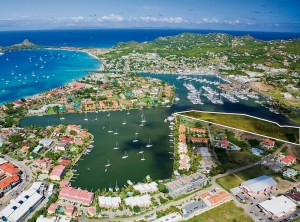
Rodney Bay Marina
An educated workforce and improvements in roads, communications, water supply, sewerage, and port facilities have attracted foreign investment in tourism and in petroleum storage and transshipment. However, with the US, Canada, and Europe in recession, tourism declined by double digits in early 2009. The recent change in the European Union import preference regime and the increased competition from Latin American bananas have made economic diversification increasingly important in Saint Lucia.
Saint Lucia has been able to attract foreign business and investment, especially in its offshore banking and tourism industries, which is Saint Lucia’s main source of revenue. The manufacturing sector is the most diverse in the Eastern Caribbean area, and the government is trying to revitalise the banana industry. Despite negative growth in 2011, economic fundamentals remain solid, and GDP growth should recover in the future.
Inflation has been relatively low, averaging 5.5 percent between 2006 and 2008. Saint Lucia’s currency is the East Caribbean Dollar (EC$), a regional currency shared among members of the Eastern Caribbean Currency Union (ECU). The Eastern Caribbean Central Bank (ECCL) issues the EC$, manages monetary policy, and regulates and supervises commercial banking activities in member countries. In 2003, the government began a comprehensive restructuring of the economy, including elimination of price controls and privatisation of the state banana company.
Tourism
Saint Lucia, an island in the Caribbean islands, has a relatively large and lucrative tourism industry, attracting an estimated 350,000 visitors per year. Due to the relatively small land area of the country, most of the governmental promoting is performed by the state operated Saint Lucia Tourism Board. Most tourists are attracted to the relatively unspoiled landscape and beaches, as with many other Caribbean islands.
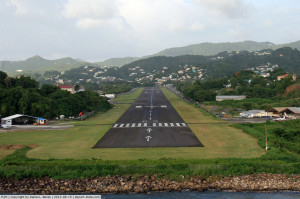
George FL Charles Airport- Castries
Tourism to Saint Lucia is so vital, that it is the runner-up for the position of the most economically important industry, behind bananas. It is expected that tourism will take the place of the most economically important industry in Saint Lucia in the near future, as the market for bananas becomes more competitive among the Caribbean islands. Saint Lucia tends to be popular due to its tropical weather and scenery and for its large number of beaches and resorts. Crime is becoming increasingly prevalent in St. Lucia and this could threaten the development of the tourist industry.
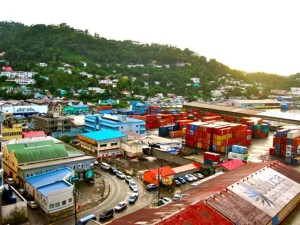
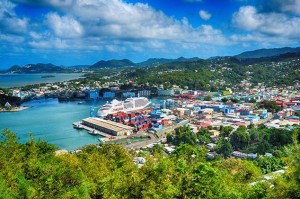
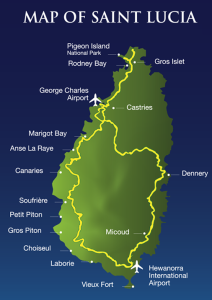 (238-square-mile) island is known for the twin peaks of Gros Piton and Petit Piton on the southwestern coast, its soft sandy beaches, and its magnificent natural harbors. Mount Gimie, the highest peak, is located in the central mountain range and rises to 958 meters (3,143 ft) above sea level, a contrast that is also evident in the abrupt climatic transition from coastal to inland areas. The steep terrain also accentuates the many rivers that flow from central St. Lucia to the Caribbean. Fertile land holdings, which support banana farming, are scattered throughout the island.
(238-square-mile) island is known for the twin peaks of Gros Piton and Petit Piton on the southwestern coast, its soft sandy beaches, and its magnificent natural harbors. Mount Gimie, the highest peak, is located in the central mountain range and rises to 958 meters (3,143 ft) above sea level, a contrast that is also evident in the abrupt climatic transition from coastal to inland areas. The steep terrain also accentuates the many rivers that flow from central St. Lucia to the Caribbean. Fertile land holdings, which support banana farming, are scattered throughout the island.